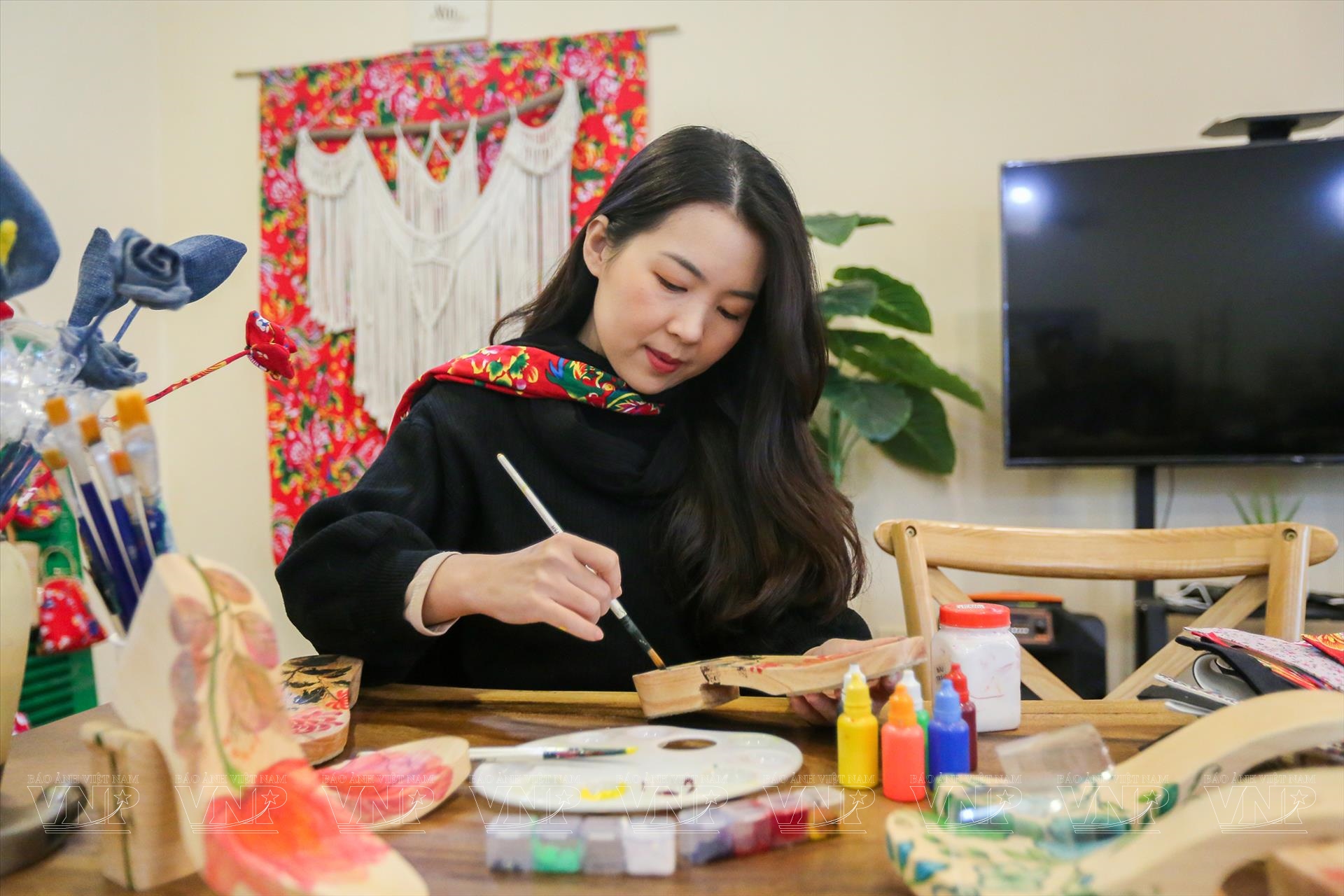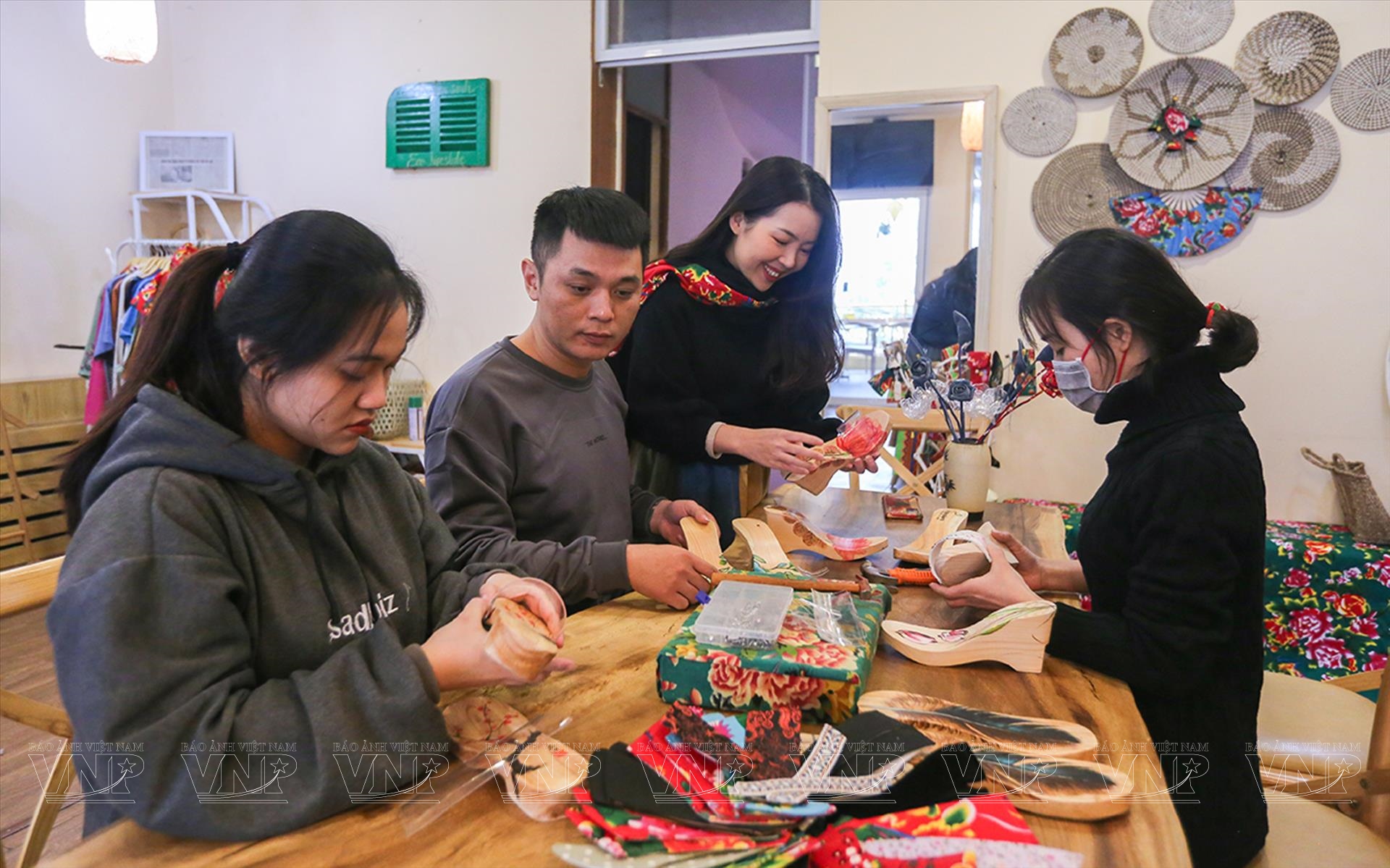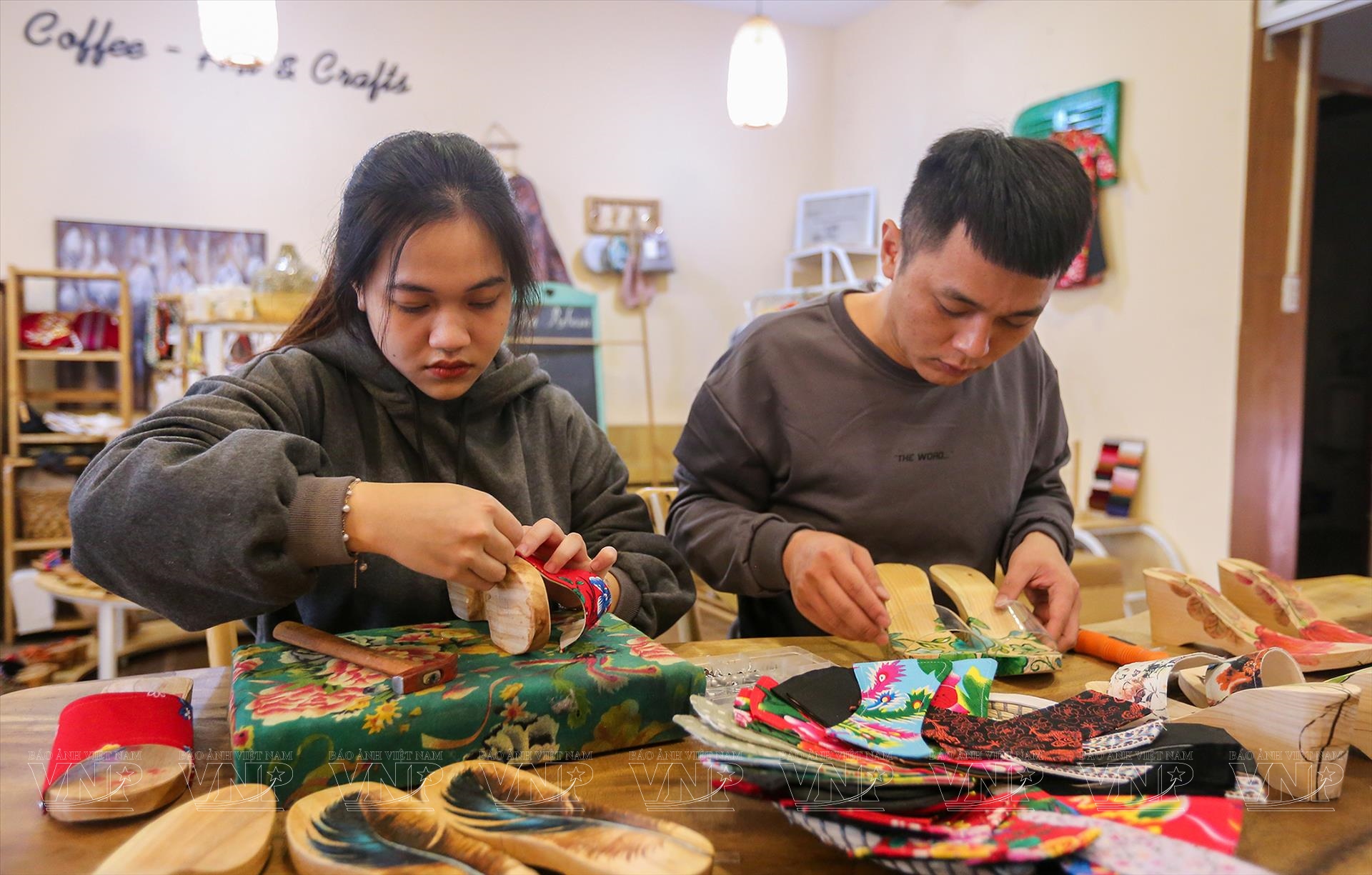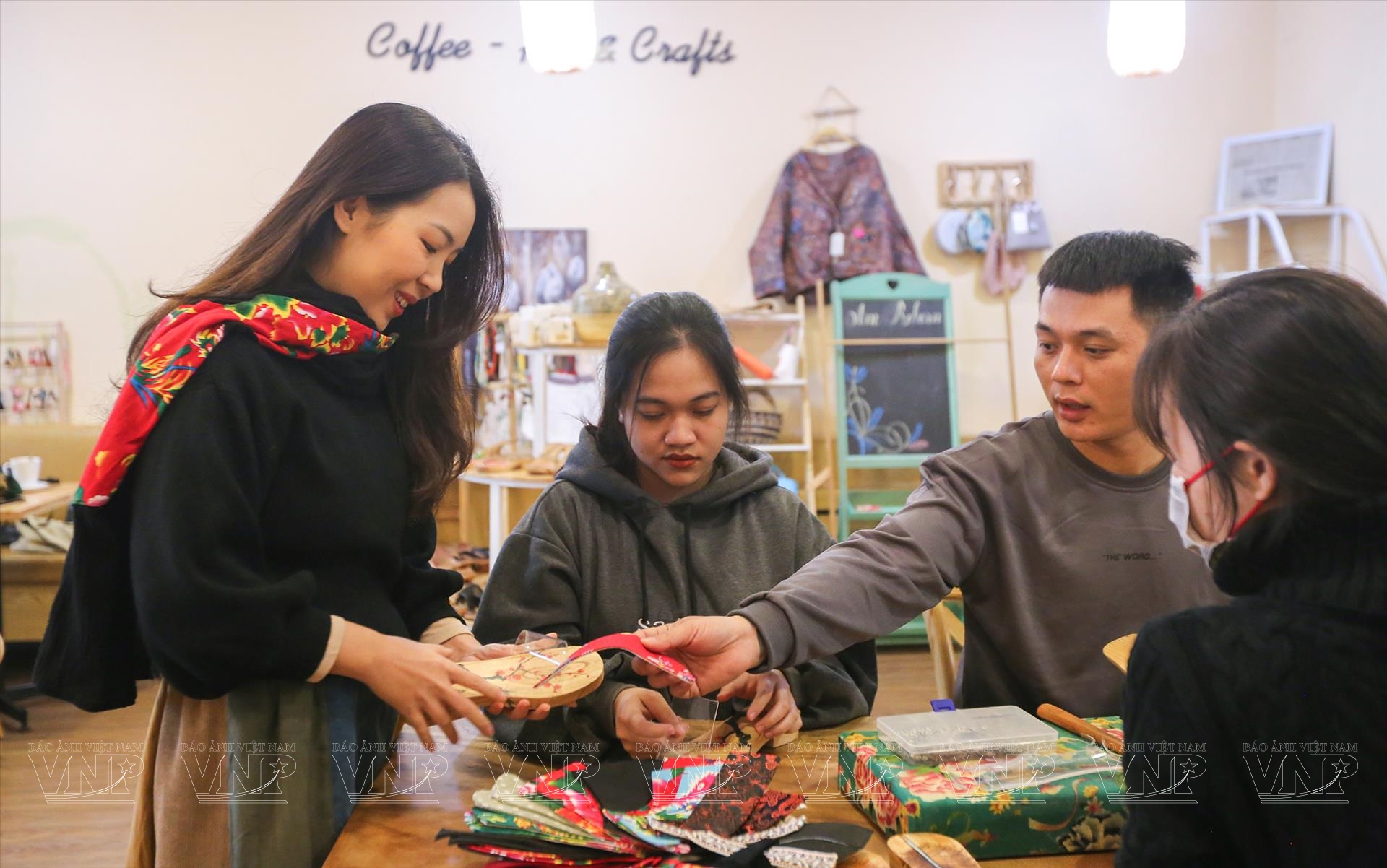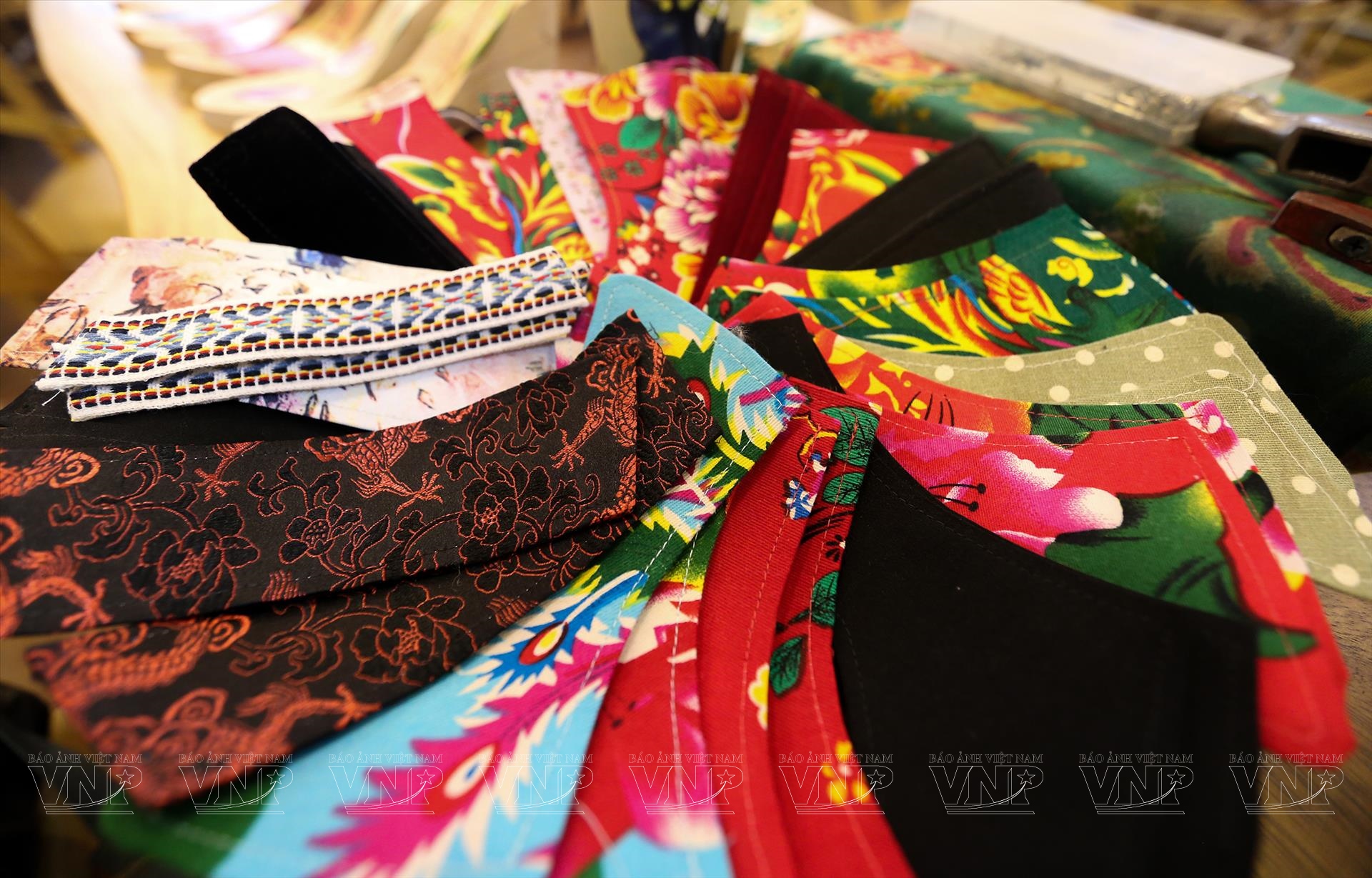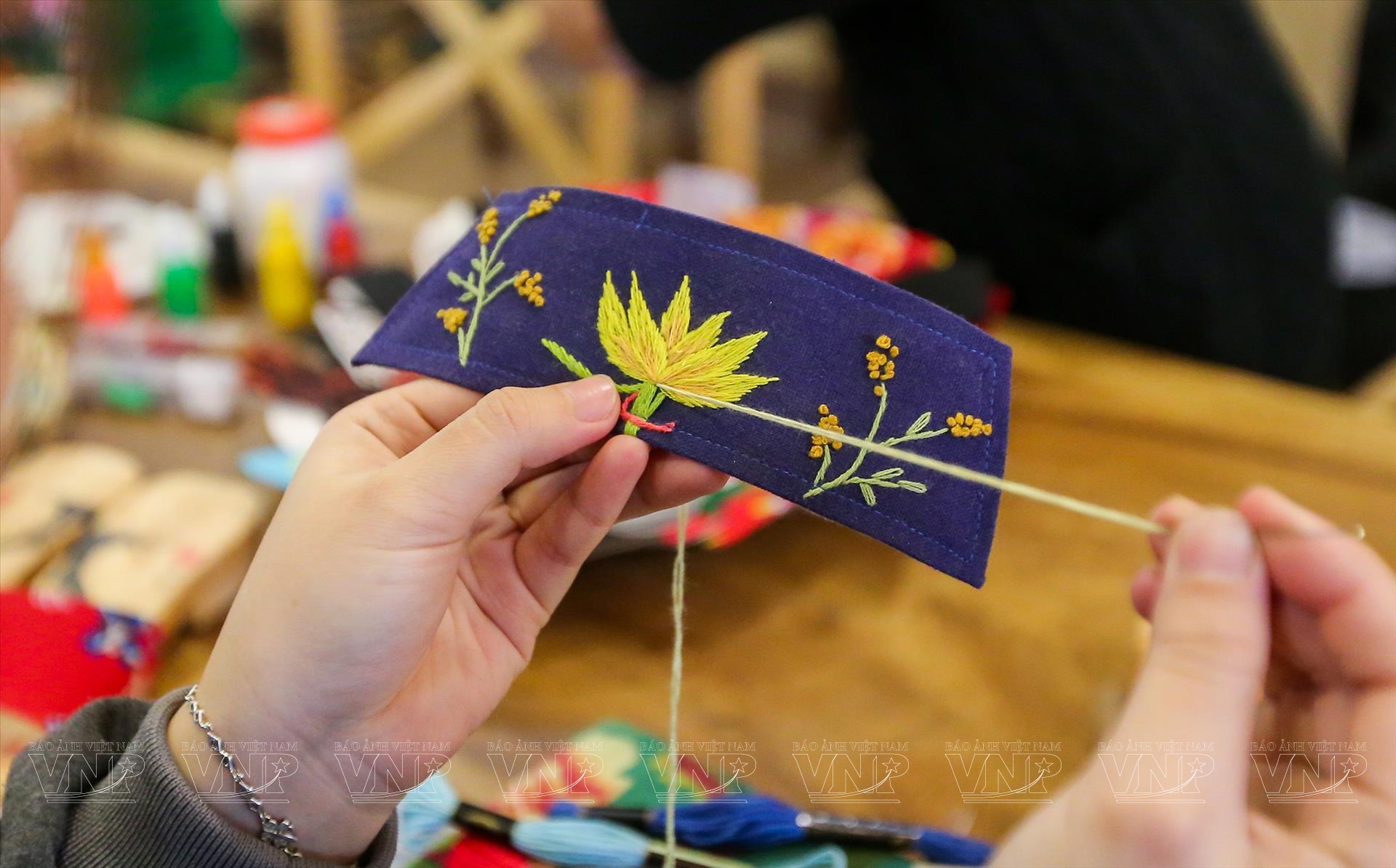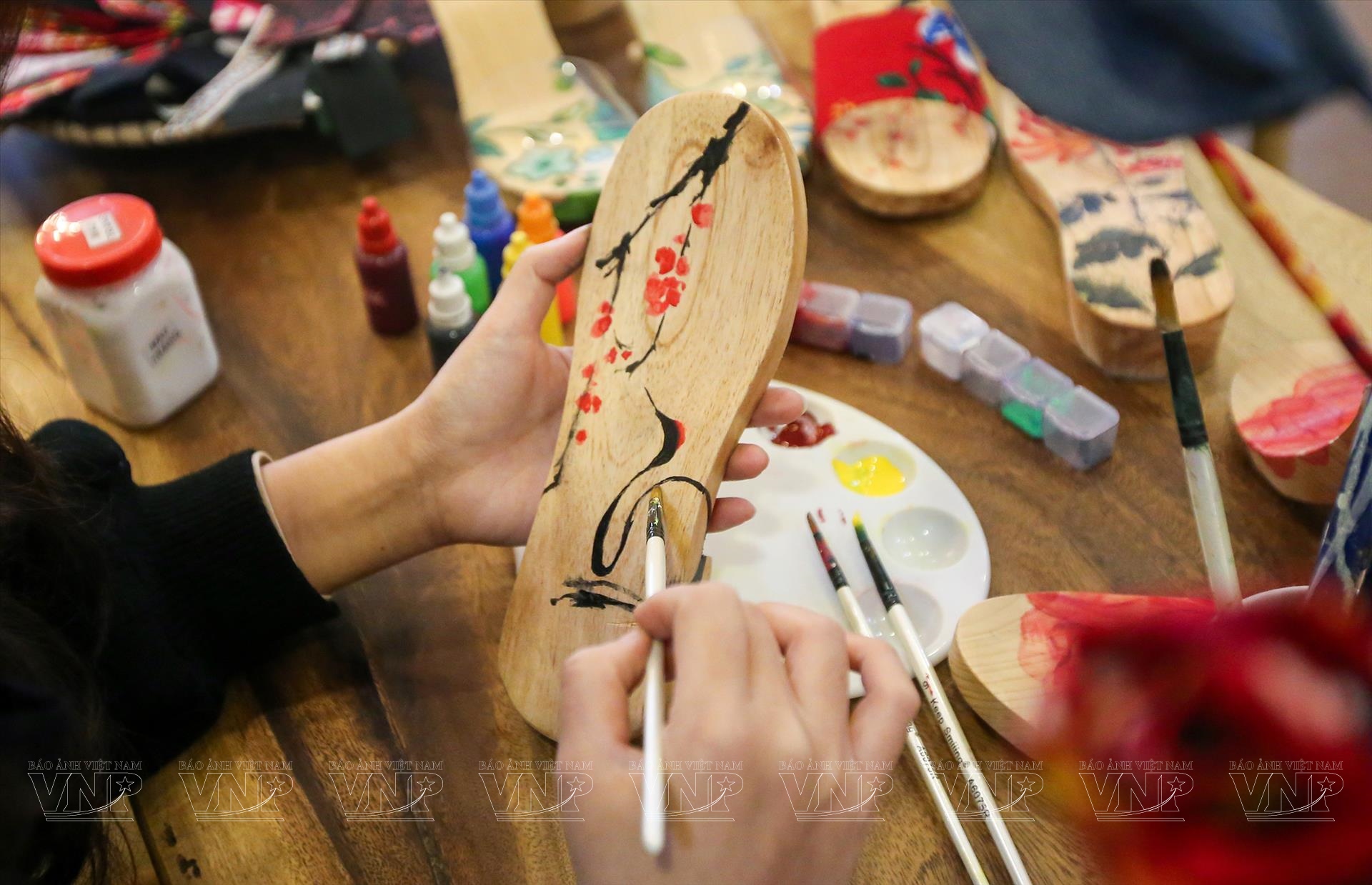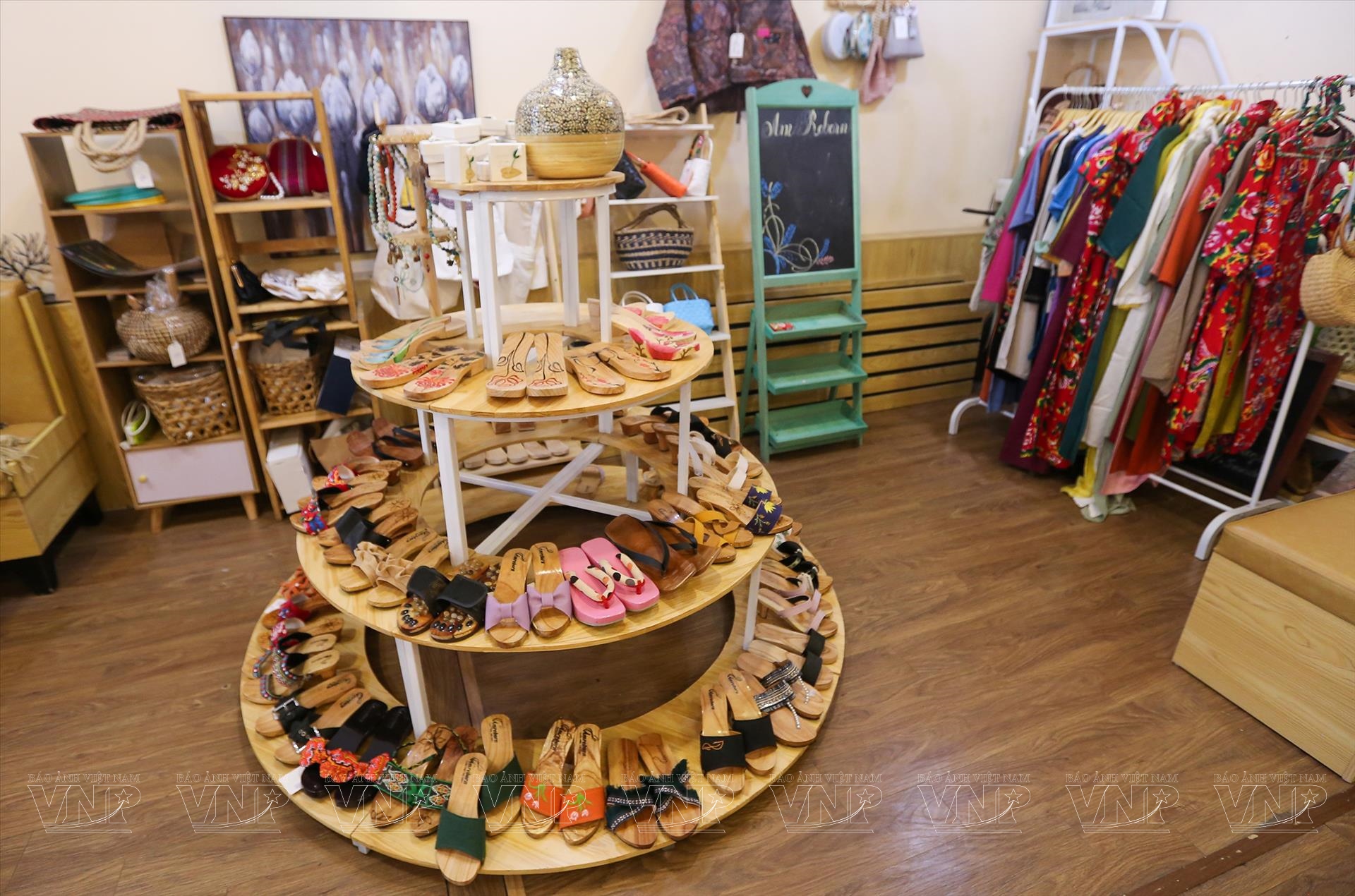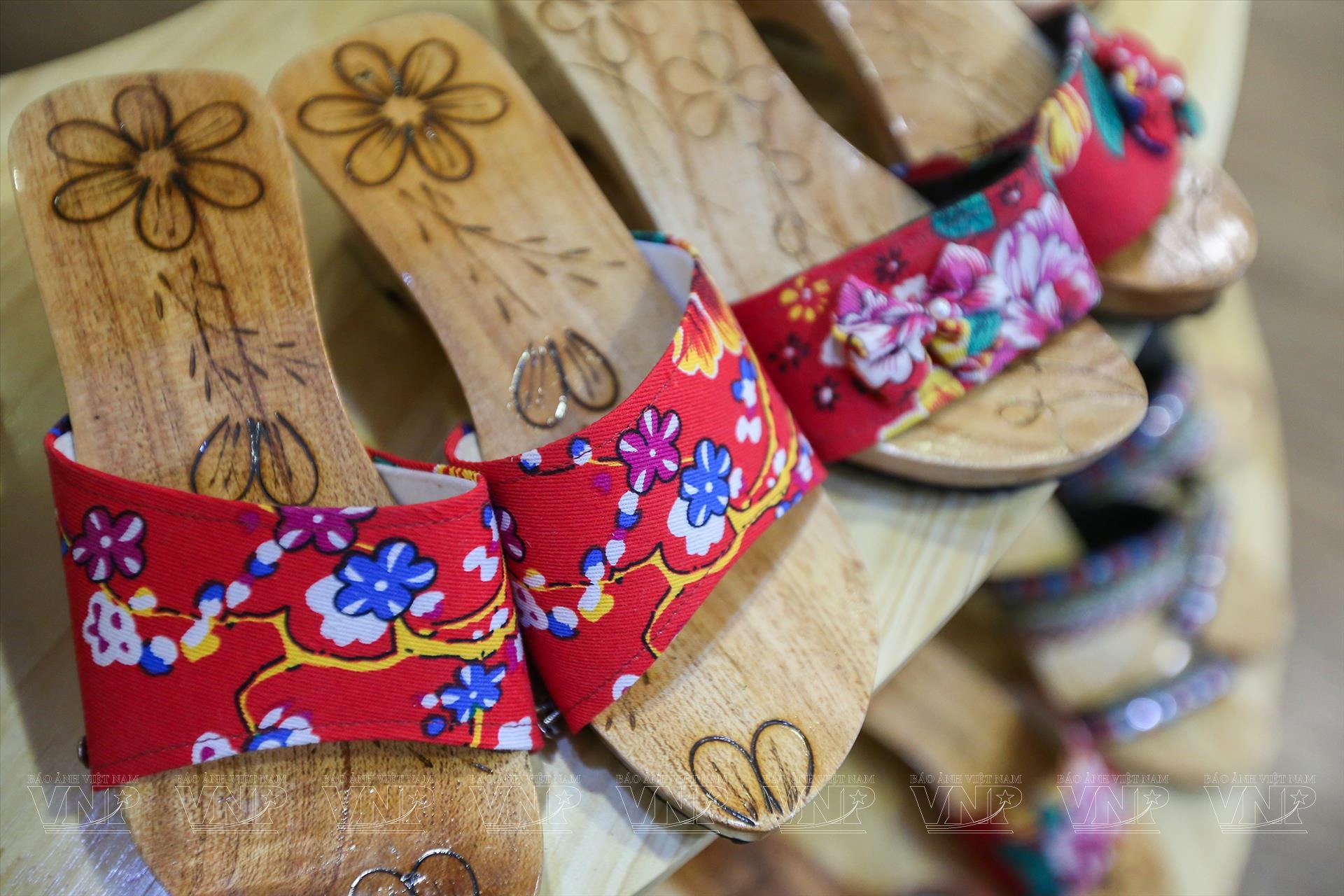Preserving Vietnamese Wooden Clogs
Driven by a passion for preserving Vietnamese heritage, Lily Hoang has revitalized traditional wooden clogs, infusing them with youthful creativity while maintaining their timeless rustic charm.
Despite her academic background in foreign languages, Lily's innate passion for creativity led her to embark on an entrepreneurial journey in fashion, even without formal training in the field.
"Initially, I focused on designing party dresses," she explained. "However, I yearned to create something that would contribute more meaningfully to my community.This led me to recycle old gowns to reduce waste and design Ao dai. During this time, I frequently heard women mention wooden clogs. Intrigued by wooden clogs, I embarked on a journey to understand these iconic shoes, and in the process, developed a profound respect for their cultural importance in Vietnam. I feel a great responsibility to preserve and promote the value of wooden clogs, a unique cultural icon of Vietnam".
To make wooden clogs that embody Vietnamese cultural heritage, Lily studied their history and sought out local artisans to learn about the craft. She collaborated with these artisans to revive and modernize the traditional clogs. Unlike the heavy, clunky versions of the past, Lily’s designs are lighter and more stylish, featuring intricate details that make them both functional and fashionable.
The clogs consist of two main parts: a wooden base sourced from recycled wood or naturally harvested in Vietnam, and a strap often repurposed from old materials. These straps can be painted, embroidered, or embellished with new designs, resulting in a fresh and contemporary appearance.
Lily’s seasonal collections, such as the “Spring Colors” featuring peach blossoms, apricot flowers, and swallows, showcase her creativity. When presenting her products abroad, she often incorporates Vietnam’s symbolic lotus flower. Additionally, her clogs have graced runways as accessories for fashion shows, further promoting their cultural significance.
Story: Ngan Ha Photos: Khanh Long/VNP Translated by Nguyen Tuoi
